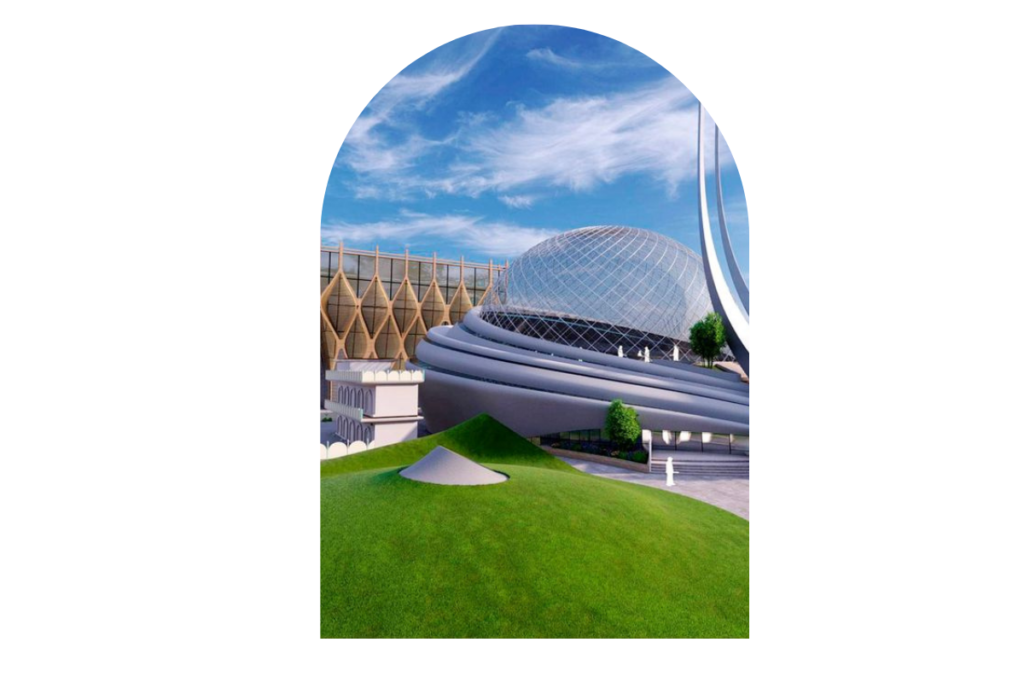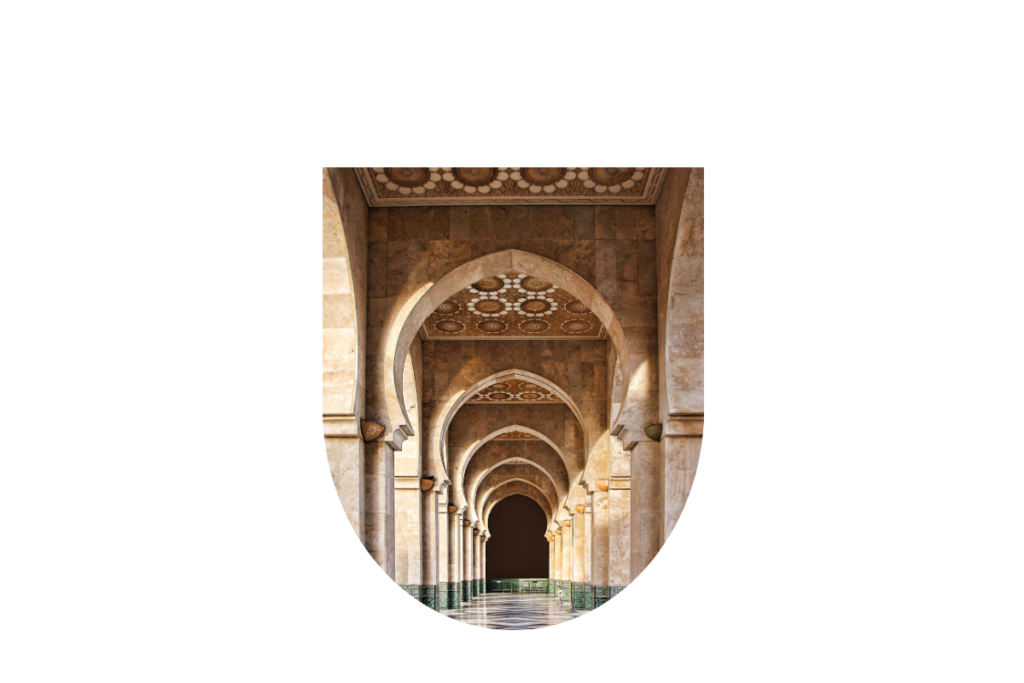Muhammadbin
- Dhannipur, Ayodhya
Abdullah Masjid
Muhammadbin Abdullah Masjid
Muhammad bin Abdullah Masjid is a significant mosque being constructed in Dhannipur village, Ayodhya, as part of a landmark initiative aimed at promoting unity and coexistence. The mosque is not only a place of worship but also a symbol of harmony and peace in the region. It stands as a beacon of interfaith dialogue, embodying values of mutual respect and understanding between communities.
The mosque, part of a larger complex, is designed to serve both spiritual and social purposes. It will include a hospital, community kitchen, museum, and an Indo-Islamic cultural research center. These facilities will help cater to the needs of the local population, making it a hub for social welfare. The architectural design blends modern aesthetics with traditional Islamic elements, showcasing an elegant structure that reflects the rich cultural heritage of the region.
Muhammad bin Abdullah Masjid is expected to play a vital role in promoting education, healthcare, and cultural exchange, contributing to the betterment of society. The project reflects the vision of a more inclusive future, where people of different faiths and backgrounds can come together for the common good.
This mosque stands as a reminder of the peaceful message of Islam, promoting brotherhood and community service in the heart of Ayodhya.
Note: This information taking by Wikipedia


Vision



The vision of Muhammad bin Abdullah Masjid is to become a beacon of peace, unity, and service in the heart of Ayodhya. It aims to foster a sense of community and inclusivity by promoting values of interfaith harmony, spiritual growth, and social welfare. Through its efforts, the mosque aspires to create an environment where people of all faiths and backgrounds can come together, promoting coexistence, understanding, and mutual respect.
Proposed Image of Muhammadbin Abdullah Masjid
Mission



The mission of Muhammad bin Abdullah Masjid is to:
- Serve as a place of worship and spiritual reflection for the local Muslim community.
- Promote charitable and humanitarian activities, including providing free healthcare, education, and social services to those in need.
- Act as a center for cultural exchange and learning through its Indo-Islamic cultural research center, encouraging dialogue between different faiths.
- Uphold the principles of Islam by fostering values of peace, compassion, and community service.
- Ensure that the mosque is not just a religious space but also a symbol of social development and progress for the entire region.
Construction Site
The construction of the Muhammad bin Abdullah Masjid in Dhannipur village, Ayodhya, is a monumental project that symbolizes unity, peace, and interfaith harmony. The mosque is part of a larger initiative that aims to promote social welfare and communal coexistence in the region. The construction site has become a focal point of attention, representing not only the physical structure of a mosque but also the spirit of collaboration and progress.
Modern Design with Traditional Roots
The design of the mosque blends traditional Islamic architecture with modern elements, ensuring that the structure is both aesthetically pleasing and functional. A key feature is its large dome, which will serve as a visual centerpiece. The mosque will also include minarets and intricate calligraphy, reflecting the rich cultural and spiritual heritage of Islam. The surrounding areas will feature landscaped gardens, enhancing the serene and peaceful atmosphere of the site.
Beyond a Place of Worship
What sets the Muhammad bin Abdullah Masjid apart is its multifunctional role in the community. In addition to the mosque, the construction site is also home to a variety of other important facilities, including:
- A hospital to provide much-needed healthcare services to local residents.
- A community kitchen to offer free meals to the needy, fostering a sense of care and charity.
- A museum dedicated to Indo-Islamic culture, aiming to educate visitors and promote cultural understanding.
- An educational research center for studies on interfaith dialogue, bringing scholars together to work towards religious harmony.
A Green and Sustainable Construction Site
In keeping with modern sustainability efforts, the construction of Muhammad bin Abdullah Masjid follows eco-friendly practices. The project incorporates energy-efficient materials and green technologies, such as solar panels and rainwater harvesting systems. The site has been carefully planned to reduce environmental impact, ensuring that the mosque and its associated facilities have a minimal carbon footprint.
A Symbol of Interfaith Harmony
The construction of this mosque stands as a symbol of reconciliation and interfaith understanding, promoting peace in a region that has witnessed tensions in the past. The project has been widely praised for its role in bringing together people from different backgrounds, aiming to create a space where diversity is respected, and coexistence is celebrated.
Progress and Expectations
The construction is progressing steadily, with workers and engineers working round the clock to meet the projected deadlines. Once completed, Muhammad bin Abdullah Masjid is expected to become a key landmark in the region, serving as both a spiritual and social hub for the local community.